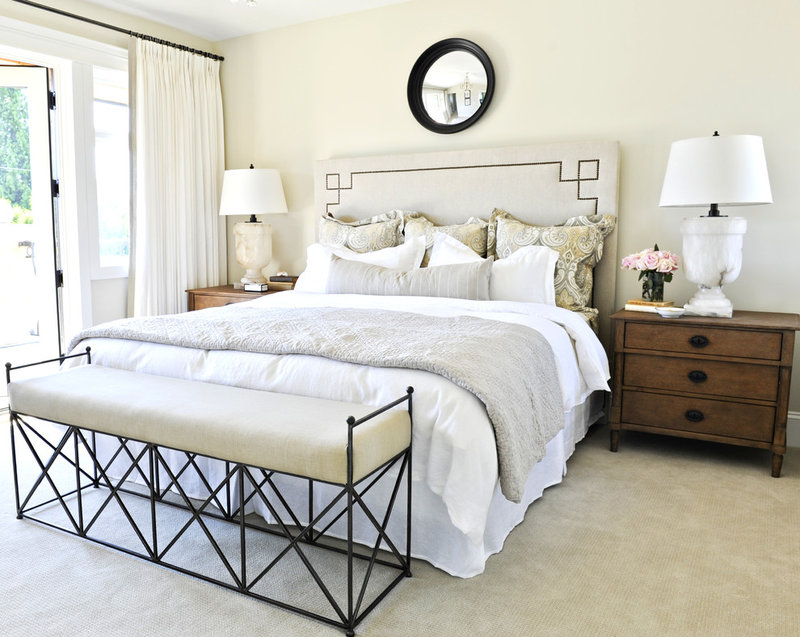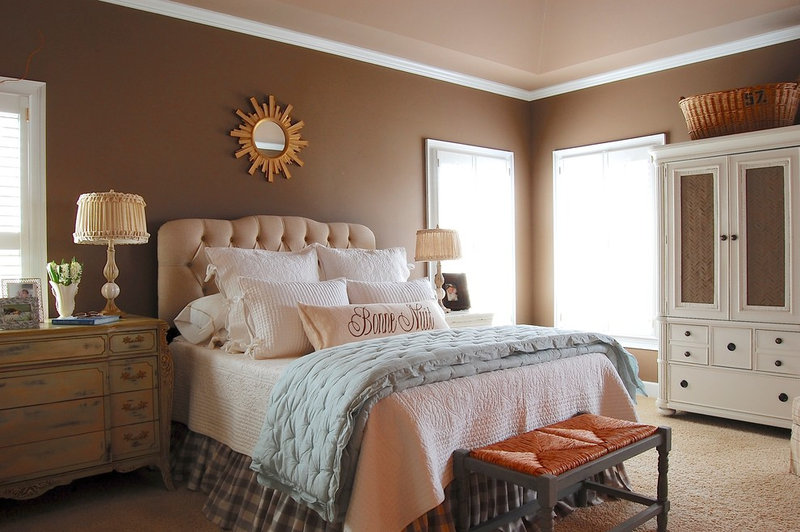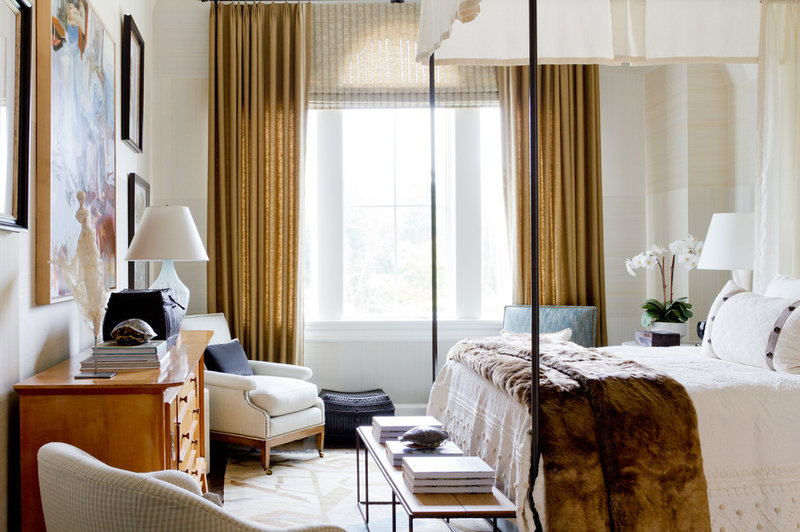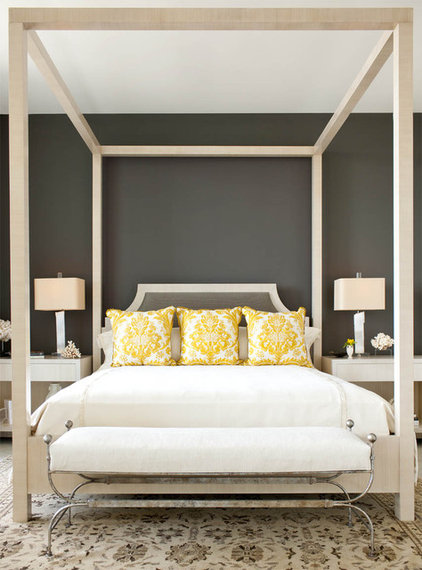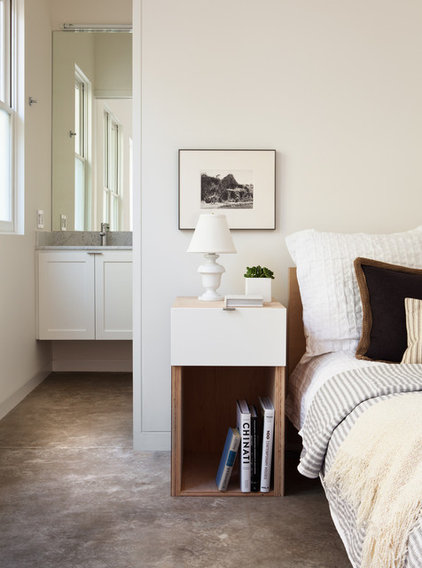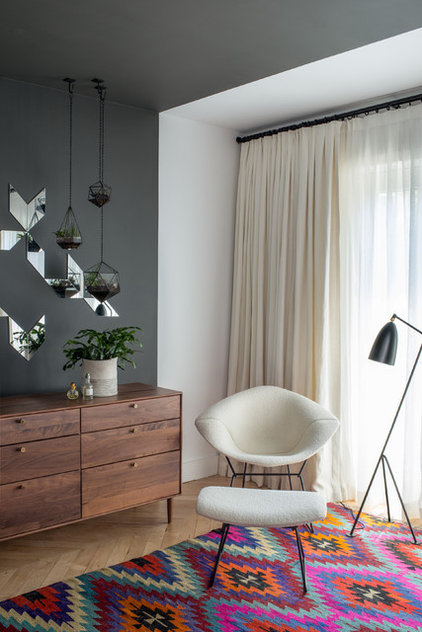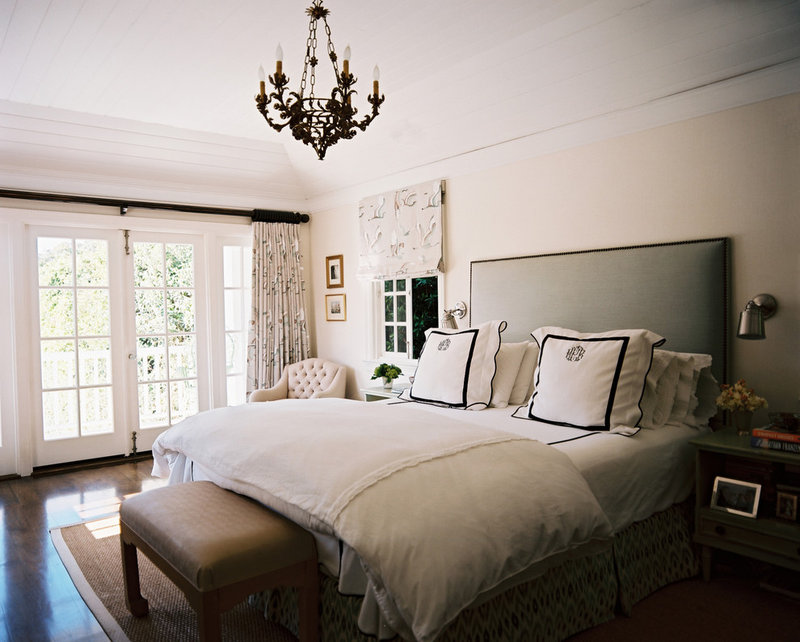Gardeners through the ages have tried to extend summer. A sheltered area in a winter vegetable garden used to protect plants from cold and wind can often take plants past their normal season. Even the south side of a board fence or a thick hedge, blocking the cold north winds, will provide a slightly more benign climate. Old-time gardeners took advantage of these warm, sheltered spots to keep the fresh harvest going as long as they could in their winter gardens.
Quick Hoops
Harvesting winter fare is so satisfying that, after you try it, you’ll probably want to extend your repertoire. But adding more cold frames to winter gardens means more time and money spent acquiring them. That’s why we came up with simpler, lighter, and less expensive structures we call quick hoops. They’re just sheets of clear plastic or row cover material supported by 10-foot lengths of pipe, bent into half circles and poked into the ground. Quick hoops look like 3-foot-tall mini-greenhouses.
You can use two types of pipe material to build quick hoops. One is plastic electrical conduit, which is cheap, lightweight and easy to bend by hand. This option is fine in areas that receive no more than a few inches of snowfall. But to support the amount of snow we get in Maine, we needed 1/2-inch galvanized metal conduit, sold as “EMT” at most hardware stores. In addition to its strength, the advantage of EMT is that, after bent, it holds its shape permanently.
To give EMT a curved shape, bend it around a quick-hoop bending form. You bolt the form to the top of a large, flat surface such as a sturdy picnic table. You just insert one end of the pipe, pull it against the curved surface of the form, slide it in farther, and pull again until you achieve the desired shape. The form itself is reasonably priced and could even be purchased by a group of friends and made available to everyone for use in year-round gardening. (Bending forms are sold by Johnny’s Selected Seeds.)
If you take a 10-foot length of EMT and bend it into a half-circle bow, it will have a 6-foot diameter. That 6-foot width will cover two of our 30-inch-wide beds with a 1-foot path between them. We make 10-inch-deep holes with an iron bar on either side of the two beds, and insert the ends of the conduit into them, placing one of these conduit bows every 5 feet along the beds. Just three bows will cover a 10-foot-long area.
Then, we drape a 10-foot-wide piece of floating row cover material over the bows. This spun-bonded, white polyester fabric lets in water and light, conveys up to 4 degrees of frost protection and excludes insect pests. We cut it long enough so that it can drape down to the ground, plus about 2 feet at the ends of the structure. We then secure the edges of the row cover around the perimeter of the structure with sandbags. These can be recycled plastic bags filled with soil. Be gentle with the row-cover fabric, but try to secure it without any slack so the wind is less likely to catch it and blow it around in your winter vegetable garden.
Clearly, you can plant much more ground under quick hoops than under a cold frame, and you can also grow and protect taller crops for more extensive winter gardening. You might start seedlings in one covered bed and grow early salads in another. Because spun-bonded floating row cover is self-venting, there’s no need for automatic arms to prevent overheating. And the row cover lets in both sunlight and water. Access to the crops is achieved by removing the sand bags and folding back the cover.
Another trick is to add a layer of clear plastic over the row cover for extra protection during extremely cold weather in winter gardens. With added plastic in place on mini-greenhouses, you can overwinter crops such as spinach, lettuce, and onions without worrying about the snow load, which can rip row-cover fabric. The plastic layer can be held down with sandbags along the perimeter and ends, just as with the row cover. But, because we live in a windy area, we also use form-fitting plastic clips to secure the plastic to the bowed pipes. When the temperature inside quick hoops can rise to 75 degrees Fahrenheit, you’ll need to vent the plastic by opening the ends, or remove it entirely so only the underlying row cover material remains.
Read more: http://www.motherearthnews.com/print.aspx?id={E8447B3F-0DB4-41F0-8152-4FFFCF39A4FA}#ixzz2j1Q8oOrO


